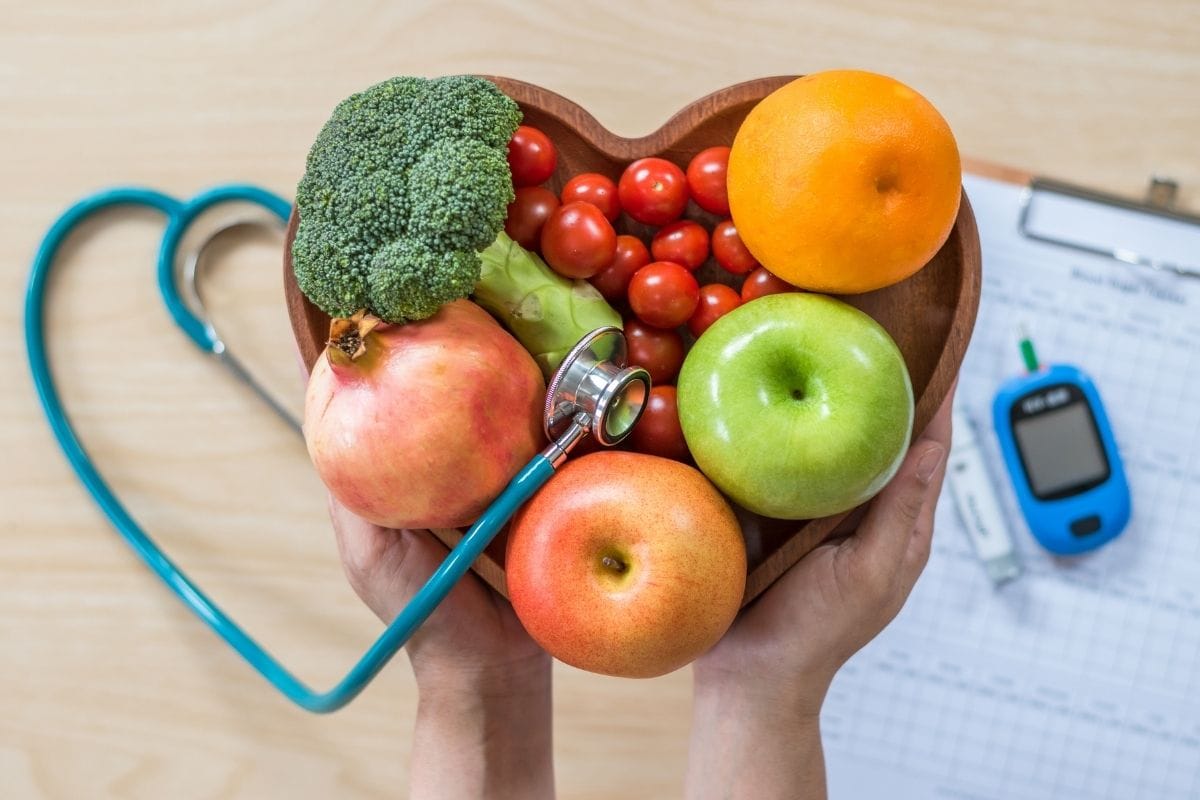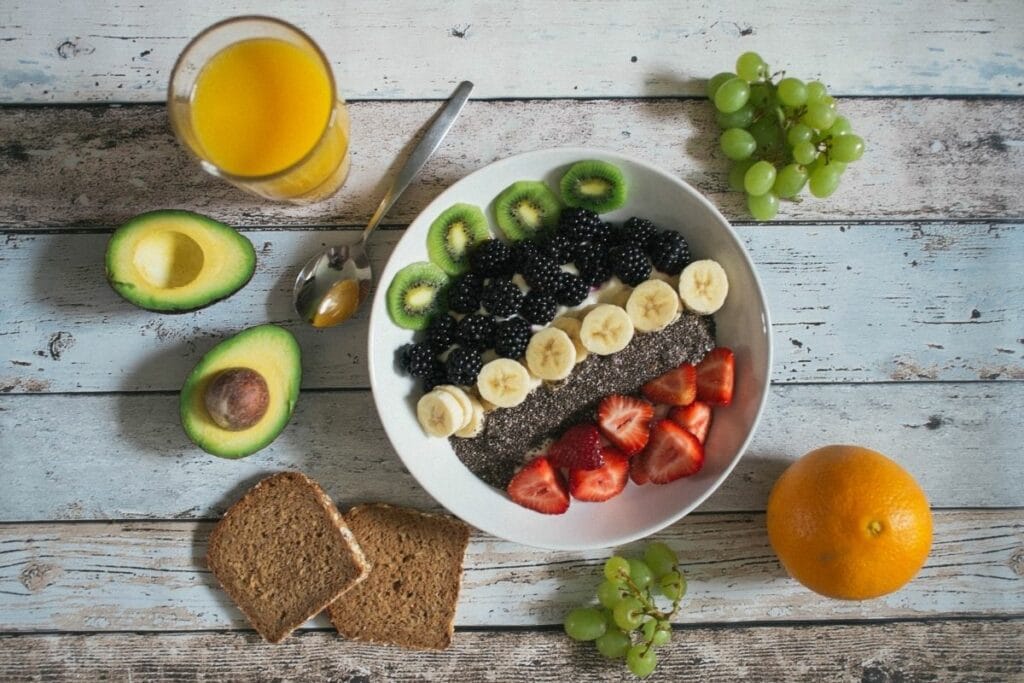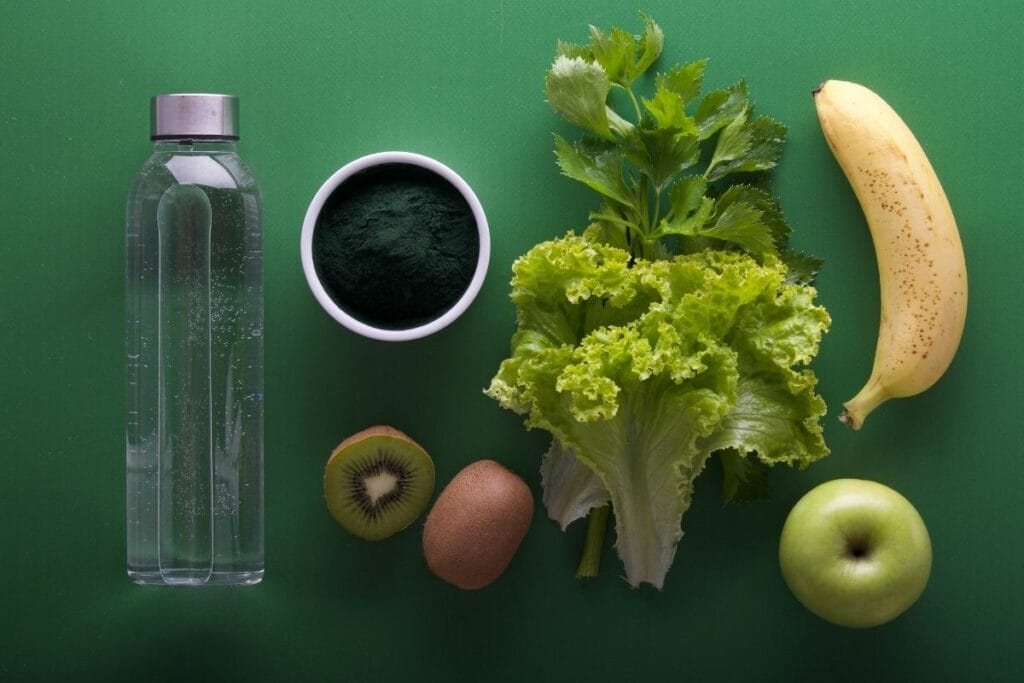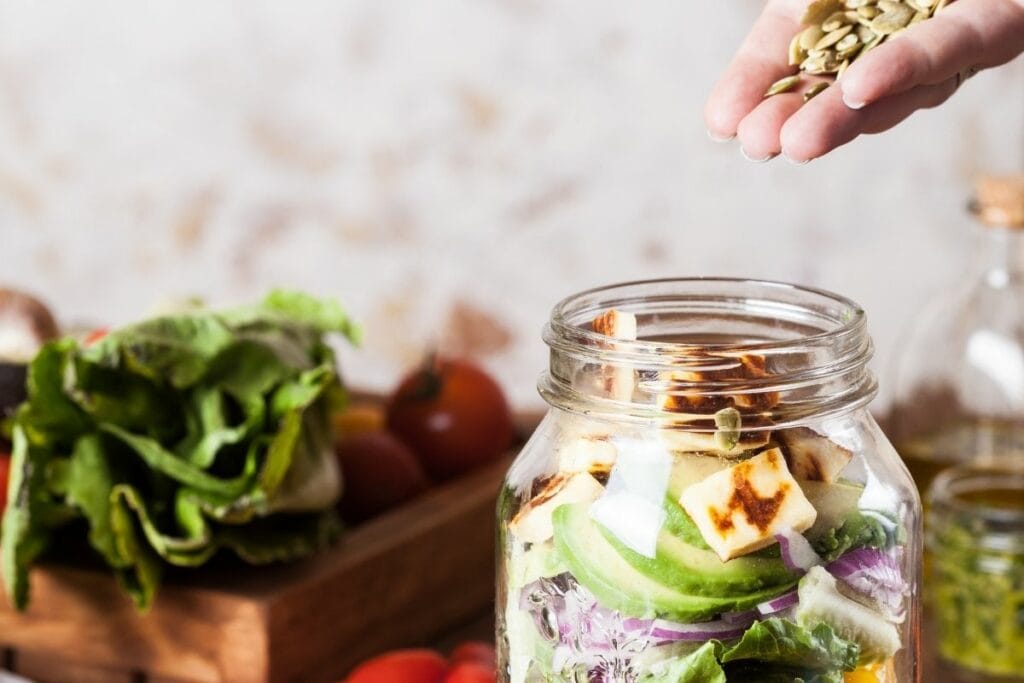A very intense lifestyle, poor diet, excessive stress or insufficient sleep are increasingly taking a toll. Insulin resistance is the first, but very serious, warning of the body about what can happen if we do not change our habits. Excessive craving for sweets, sleepiness after meals or problems with losing unnecessary kilograms are symptoms after which the things you eat, as well as too little physical exercises, cause this disease to affect more and more people. Can you fight it with a diet and how?
Abstract:
- Insulin resistance is a type of metabolic disorder associated with the excess production of insulin by the pancreas.
- You can fight insulin resistance by following a diet and by taking up physical exercises as a part of your daily routine. You can stop insulin resistance by following a proper diet and introducing physical activity to your daily routine.
- SUPERSONIC Food Powder is an excellent alternative to a meal for people struggling with insulin resistance. A high-protein cocktail with a low glycemic index ensures a feeling of fullness for up to 4 hours and, at the same time, it tastes great.
What is insulin resistance?
Insulin resistance is a metabolic disorder where the tissues are less sensitive to the action of insulin.
Cells do not respond to normal insulin level in blood, which in turn leads to overproduction of insulin in the pancreas. This condition may last for a lot of years. When the pancreas stops producing enough insulin to keep the tissues working, the classic form of type 2 diabetes develops. Insulin resistance is the stop that separates us from becoming diabetic.
Proper diet – insulin resistance under control
There are several causes of insulin resistance. Some of them are genetically determined but most of cases are due to overuse of sugar, overeating and a low level of physical activity. Lifestyle-related insulin resistance can often be reversed by permanent change of diet and taking up physical activity.
The most characteristic features of the insulin-resistance diet are meals and products with a low glycemic index. In such a menu, there is no place for sugar, sweet juice or any highly processed sweets. However, you must include in your diet coarse groats, whole grain rice and pasta, wholemeal bread, legume vegetables, fruit and low-calorie sugar substitutes.
If insulin resistance is accompanied by obesity, you should also follow a reduction diet and ensure a balanced level of cholesterol and triglycerides in your blood. Animal fats should be replaced with monounsaturated and polyunsaturated fats, with particular emphasis on anti-inflammatory omega-3 fatty acids. People suffering from insulin resistance should also eat a little more protein, which is responsible for controlling appetite and makes it easier to stabilize blood glucose levels.
SUPERSONIC Food Powder – and you don’t have to give up everyday pleasures
People suffering from insulin resistance often have binge-eating syndrome or an overwhelming craving for sweets. Then it is worth having something healthy and delicious at hand at the same time. SUPERSONIC Food Powder is a delicious, filling and healthy high-protein cocktail that contains a lot of valuable nutrients, i.e. bioesters of omega 3-6-9 acids, as well as exogenous amino acids from peas, rice, pumpkin and hemp. It is available in several fantastic flavours (for example salty caramel, Belgian chocolate, peanut butter) and easy to prepare. It is white sugar-free and salt-free. It will work in any place where health matters.
Summary
As far as insulin resistance is concerned, there are many nutritional methods that quite often fall into oblivion after the first wave of popularity. Some of them are simply not fashionable any more, while others have unforeseen and serious side effects. Therefore, when establishing a menu, it is worth sticking to rational solutions and avoiding extremes. Then you will notice the results.
References:
- https://www.webmd.com/diabetes/diabetes-insulin-resistance-diet
- https://www.healthline.com/health/diabetes/insulin-resistance-diet
- https://www.medicalnewstoday.com/articles/316569











